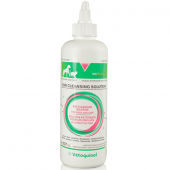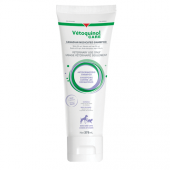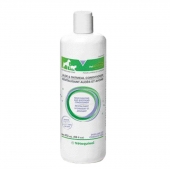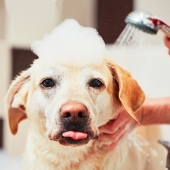On those hot and humid summer days, having access to a swimming pool or a lake in the country is a fantastic way to cool off. If you’d like your dog to join in on the fun, here’s some advice to help them do so safely.
Dogs and basic swimming safety
Approach swimming with your dog the same way you would with a child. Keep eyes on your pet at all times, so you can react quickly if they seem to be struggling. Don’t force them in the water if they don’t want to, and try to limit drinking from a pool or lake. Keep swimming sessions short; your dog may be having so much fun they won’t realize they’re getting tired!
Not all dog breeds are natural swimmers
Larger breeds like Labradors and Golden Retrievers have the strength, energy and physique to be fantastic swimmers. But big-chested breeds with shorter legs, like Bulldogs and Boxers, find it difficult to stay afloat and may tire quickly. In natural settings, smaller breeds may be overpowered by strong currents.
Swimming pool and chlorine
Make sure the chemicals in your swimming pool are correctly balanced, to avoid your dog (and yourself) contracting bacteria or a virus from the water. Chlorine may cause dry eyes or irritated skin, but a quick rinse should be enough to wash it away. If your dog swallows a lot of water from the pool, the chemicals may upset their stomach. To prevent any temptation, make sure they’re well hydrated before entering the swimming pool.
The great outdoors and hidden dangers
Before letting your dog swim in natural settings like the beach, lakes, ponds and rivers, take a moment to assess the environment. How strong is the current? Does the water look clean? How is the ground below the surface: sandy, rocky, uneven or swampy? Is there any debris that could cause injuries like shells, jagged rocks or broken glass? If you wouldn’t feel comfortable entering the water yourself, your dog probably shouldn’t either.
Take fresh water with you to keep your dog hydrated and don’t let them drink water that could be contaminated by bacteria. Even in small amount, blue-green algae are highly toxic to dogs and can cause severe symptoms like vomiting, diarrhea, respiratory issues and liver failure.
Time for a shower
After spending time in the swimming pool, a thorough rinse will wash away the chlorine to prevent your dog from ingesting any as they groom themselves. When swimming in a natural setting, it’s safer to step it up with shampoo and a good scrub to remove any possible bacteria, as well as any debris that may cling to your pet’s fur, like dirt and sand.
Watch out for ear infections
Dogs who enjoy swimming often may present an increased risk of developing ear infections. To help prevent these, take a moment to properly dry and clean your pet’s ears after every swimming session. If your dog seems to be scratching their ears often, or if they develop a funny smell, contact your veterinarian for advice.






